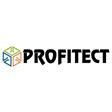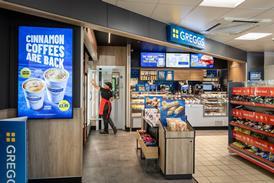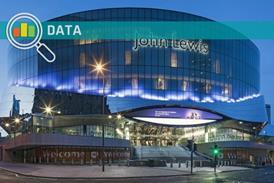Traditionally an area of loss for retailers, product returns can instead become an opportunity to increase revenue and customer satisfaction.
A recent study by GlobalData predicted the cost of online returns for UK retailers will hit £5.6bn by 2023.
In an age when consumers expect free shipping and returns, the combined expenses can take a heavy financial toll on many retailers.
Despite these numbers, though, retailers need to stop seeing returns as a pain point and start seeing them as a sales opportunity.
With the right approach and investment, returns can be a highly effective means of increasing margin, brand and profit.
Here are a couple of ways that retailers can make their returns profitable:
1. Implement a cost-to-serve model
Cost-to-serve models enable retailers to offer different returns policies to clusters of customers based on the predicted cost of their returns and the spending behaviour they exhibit.
Understanding each customer’s profitability enables the retailer to provide shipping offers that reflect their specific behaviours.
For example, consider a customer who goes to a retailer’s website to buy a £50 wallet only to realise he needs to spend £100 to earn free shipping.
To get his wallet shipped for free, he also buys a £60 dress shirt, for a total of £110.
“Retailers need to stop seeing returns as a pain point and start seeing them as a sales opportunity”
After receiving the package, he returns the shirt and keeps the wallet, leaving the retailer to pay for the shirt’s return shipping.
Across multiple customers, costs can add up quickly over time. Besides the shipping cost, retailers now need to deal with the return cost itself.
This customer may be labelled unprofitable on a cost-to-serve model, leading him to receive a custom shipping or returns offer to offset the costs of his anticipated behaviours.
Examples of this custom offer could include a higher minimum-spend amount or a free-shipping subscription, so he only has to buy what he needs while the retailer receives revenue through the subscription.
A prescriptive analytics solution can analyse marketing data and extract information on customer spending patterns and behaviors, which can be used to create a cost-to-serve model per household.
2. Enable shoppers to buy online, return in store
An extremely common and popular offering, this approach not only saves retailers from paying return postage, but also gives them an opportunity to upsell or cross-sell their customers on additional items.
Customers who come into stores for returns often end up exchanging their unwanted products for something else.
With the right prescriptive analytics solution, retailers can leverage data to understand their customers’ buying patterns and set up their stores to encourage similar purchases or impulse buys.
As a real-life example, a chain of department stores showed high ecommerce sales for its household division, but in-store household sales were much lower.
To improve in-store sales, the retailer’s prescriptive analytics solution identified multiple household items frequently purchased together online, such as wine glasses and high-end cookware, or playing cards and beverage mixers.
The system pushed a prescriptive action to store merchandisers and colleagues, directing them to place these items closer together on the sales floor, to encourage upsells and impulse buys. This created an impulse buy and/or halo effect relationship between the items.
The tactic worked, and the retailer reported a major surge in in-store household sales for the remainder of the year.
“By delivering the right information to the right person at the right time, traditional areas of loss – like returns – can become a new opportunity to grow revenue”
A large chunk of this increase was attributed to customers who came into the store to return a product, and ended up walking out with more merchandise.
By delivering the right information to the right person at the right time, traditional areas of loss – like returns – can become a new opportunity to grow revenue, giving retailers a competitive edge into the future while increasing customer satisfaction and brand awareness.

Guy Yehiav is chief executive of Profitect
To discover how prescriptive analytics could create new revenue streams within your business, visit profitect.com















































